The AMD Ryzen Threadripper Pro 3975WX is the mid-range public part of its generation. It offers twice as many cores as the Threadripper Pro 3955WX yet half the cores of the AMD Threadripper Pro 3995WX chip offers. This 32 core part is, at its core, an EPYC processor designed for the workstation market which is why we call it a workstation EPYC or “WEPYC.” In this review, we are going to take a look at what this
AMD Ryzen Threadripper Pro 3975WX Overview
The AMD Threadripper Pro 3975WX is a 32-core part, that is designed to be more mainstream than the lower-end 3955WX and yet be a lower-cost alternative to the 3995WX.
Key stats for the AMD Threadripper Pro 3975WX: 32 cores / 64 threads with a 3.5GHz base clock and 4.2GHz turbo boost. There is 128MB of onboard L3 cache. The CPU features a 280W TDP. These are $2749 list price parts.
Here is the lscpu output for the Threadripper Pro 3975WX:
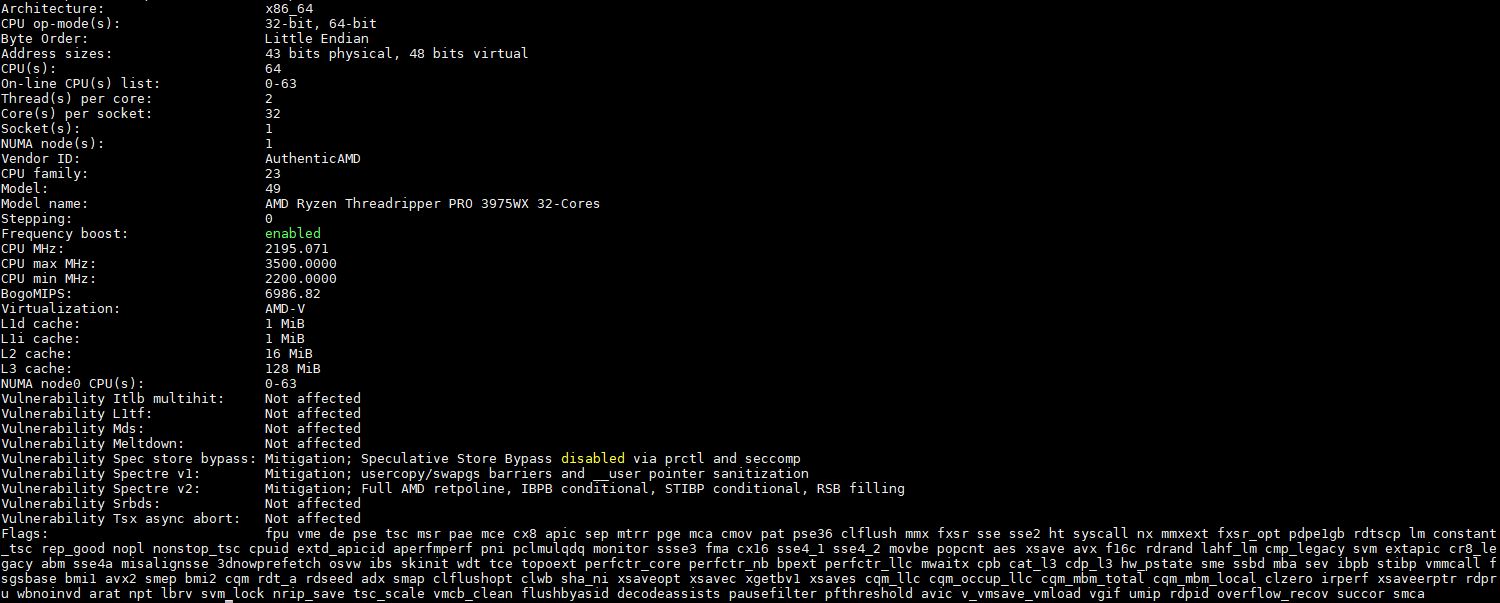
For those keeping track, this is a Zen 2-based chip like the AMD EPYC 7002 series, not the newer EPYC 7003 series.
If you see the official SKU list, you will notice that AMD lists 144MB of “Total Cache” but that is 16MB of L2 plus 128MB of L3 cache. On a cache per core basis, this is similar to the Threadripper Pro 3995WX with 0.5MB of L2 and 4MB of L3 cache per core.
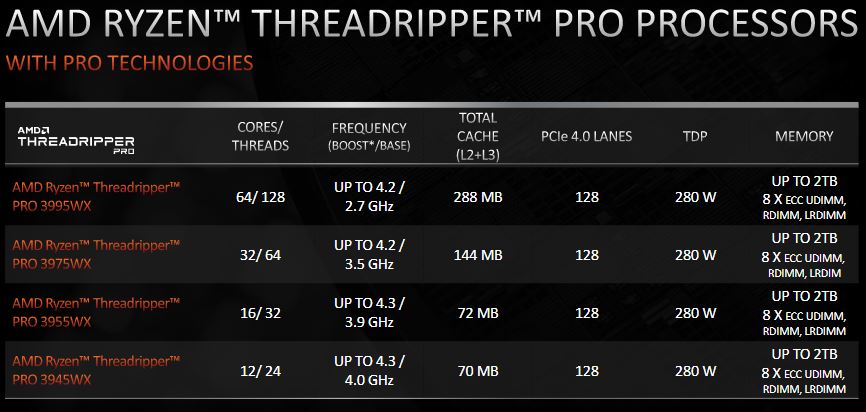
In the SKU stack, there is a bit more than a 2x price premium over the 16-core 3955WX which seems reasonable. It is also roughly half the cost of the 64-core 3995WX. We can see this being a popular part with 32 cores which is more than Intel offered in a single socketed CPU until its Ice Lake Xeon launch. For those using dual-Intel Xeon workstations, this is a single-socket alternative. Indeed, if one had a 16 core dual Intel Xeon E5-2600 V4 workstation, AMD is offering a single socket solution with the same number of cores, more cache, and the same number of memory channels (albeit higher-speed memory channels.)
We should also mention that there is a parallel between this 3975WX and the AMD Ryzen Threadripper 3970X. The best way to describe the difference is that, while they both have 32-cores, the 3975WX is positioned as a higher-end workstation part. Really this is the part designed to replace legacy dual Xeon workstations. We get more PCIe lanes and ECC RDIMM support similar to what we get on the EPYC side. We however get a chipset on these platforms for some of the more workstation-centric connectivity that we do not get on the EPYC side.
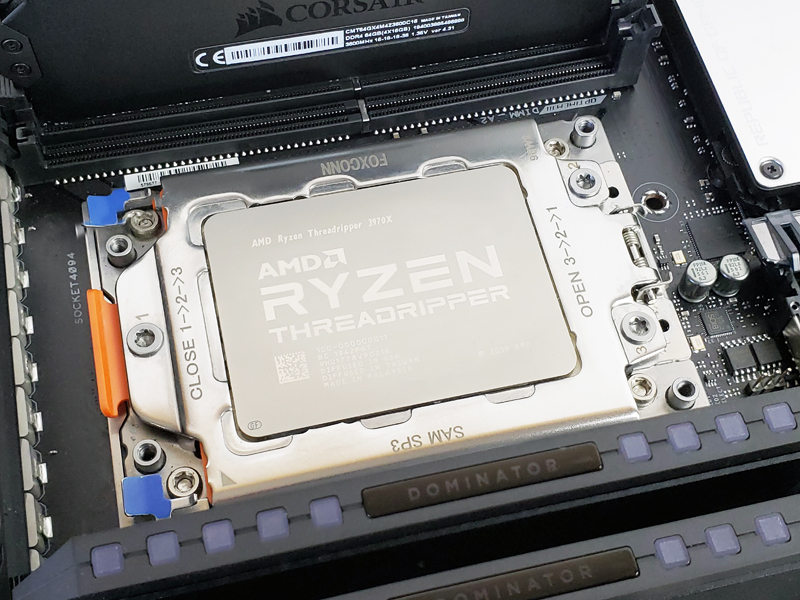
Frankly, it is a bit confusing. We wish that AMD streamlined the EPYC/ Threadripper/ Threadripper Pro series. This is more of an EPYC than a consumer part and we would take this chip over the Threadripper 3970X in most cases just because of the better memory support and the PCIe connectivity.
Overall we still get the large platform of EPYC 7002 “Rome”, but and higher clock speeds/ TDP, but the only significant feature we are missing is that this is 1 DIMM per channel versus 2 DIMMs per channel for the EPYC line and we also get a chipset to handle I/O such as USB connectivity.
With that background, let us get to benchmarks.

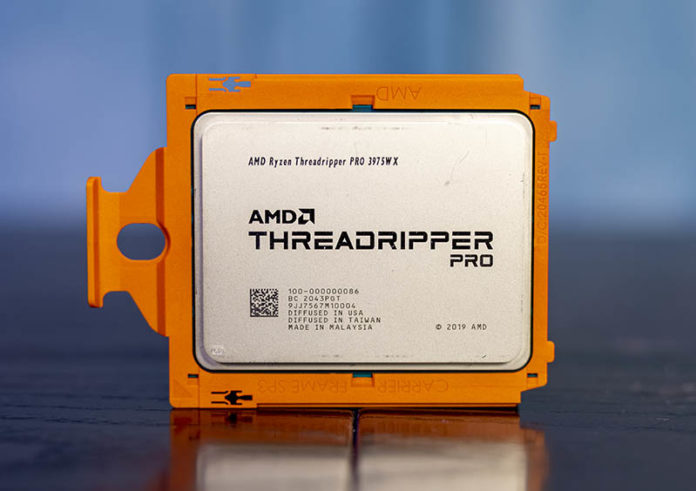
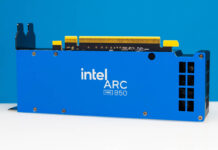
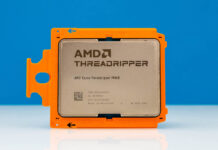

Thank you for the review and including the TR 1950x. Gives a good perspective how much things have improved. (I’m actually still on 1950x, so this really shows how bad i should consider an upgrade)
Second is the future compatibilty with Zen3, wonder if current TR platforms (pro and non-pro) will support them, or will they pull another move and replace the platform?
That Asus board though.. a dream board, and the only one on my list (Gigabyte is second potential pending reviews…)
My understanding is the 3970 has 4 memory channels while the 3975 has 8. I would have expected there are scientific workstation tasks that run much faster with the extra memory bandwidth. At the same time, none of the tests in this review show any benefit.
Were all 8 memory channels active during the testing?
Did you compare with only 4 channels populated to see if there is any difference?
Could you look for a new benchmark that can tell the difference between 4 and 8 channel memory systems?
I disagree entirely about streamlining the product lines. What they need to do is make normal Threadripper processors with fewer than 24 cores as well.
The Ryzen platform has too few PCIe lanes and expansion slots to make a real non-toy computer with. The Threadripper platform fills that need, but the startup cost is too high with the Zen 2 generation. Plenty of people need a platform with reasonable amounts of I/O, but not a huge number of cores.
Making the gap between toy Ryzen computers and Threadripper Pro/EPYC even larger would be an incredibly stupid thing to do.
They need to expand the options, not reduce them.
Again Thanks Patric for the great review
This gentleman “https://www.youtube.com/watch?v=3yOCBL1lvIA” had a memory issue with the ASUS MB, two memory sockets were out of order. I’m planning to order this MB to be shipped to Kuwait on a later stage “once this extreme shortage will be over” & it will be too expensive to ship back & fourth. By the way I trust ASUS products that is why I’m considering it not the competition
Thanks & best regards
@Thanny
[…I disagree entirely about streamlining the product lines. What they need to do is make normal Threadripper processors with fewer than 24 cores as well…]
I understand where you’re coming from with this. I felt the same thing at some point. I was happy with a 2950X (I luckily got it used for $700 mid-2019, now it is at $950 on NewEgg, crazy) and it was a shock to see the 3960X at $1400 MSRP as lowest option. But I went ahead replacing the 2950X with the 3960X. Reason: I was also using a 3900X which was more performing than the 2950X on (mildly) threaded apps. I recycled the 2950X as server. The way I compute the cost is to spread the price on N years. Example: $1400 on 10 years = $12 a month. Yes, I can live with that. Why ten years? Because my previous PCs were from 2008. So null doubt that the 3960X workstation is going to last a long time for enterprise software dev, databases, VMs, etc. I’m not a graphices/creator guy.
[…The Ryzen platform has too few PCIe lanes and expansion slots to make a real non-toy computer with. The Threadripper platform fills that need, but the startup cost is too high with the Zen 2 generation. Plenty of people need a platform with reasonable amounts of I/O, but not a huge number of cores…]
They won’t. If they were to go beyond 24 lanes, they would start to cannibalize their HPC and Epyc markets. INTEL does the exact same thing. Let’s imagine you had a Ryzen 9 5950X with 48 lanes, there would be many “creator” workshops (multi-graphics cards) or small businesses in need of servers with accelerator cards and/or 25/40GbE network jumping on the occasion at the expense of TR and Epyc. AMD does not want to cannibalize its products, it wants to cannibalize INTEL products.
Just putting their shoes on to explain their reason.
In addition, AMD does it because it can: INTEL has currently no answers to AMD TR.